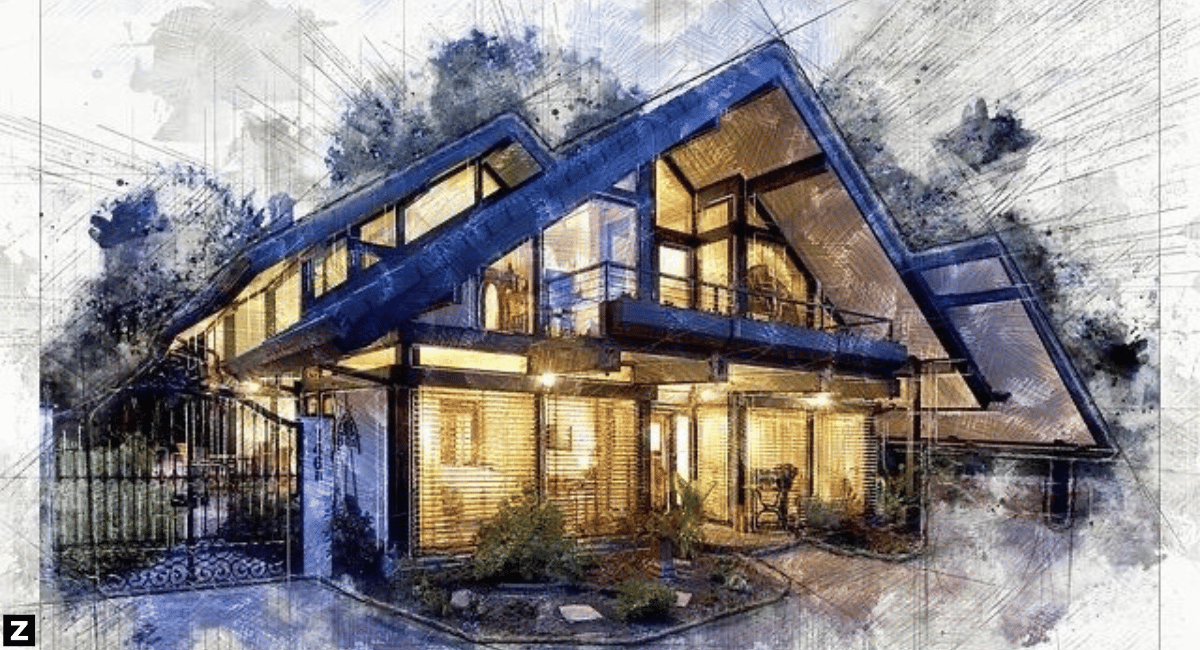The Business of Foreclosure – A Starter Guide
The analysis and brokerage of distressed properties and homes in foreclosure has become a regular and significant part of our business. We are regularly asked to describe the process of identifying and acquiring luxury real estate via foreclosure auction and from bank and non-bank financial institution portfolios.
As discussed in our previous post, Foreclosed Homes and Luxury Real Estate, the availability of distressed assets (homes, condos, multi-family, vacant land, commercial property) exists in the luxury real estate category across virtually all high income neighborhoods in Los Angeles, including Beverly Hills, Bel Air, West Hollywood, and Malibu.
Distressed Opportunities in Luxury Real Estate – Buy A Home at Auction
Home buyers and investors alike are often surprised that high-end and specialty homes frequently fall into the distressed category. Yet, upon reflection, it makes sense. The high-end category includes speculators, investors and traditional home owners. With speculation and investment, there are wins and loses; with homeownership, families are subject to the business cycle. Thus, some percentage of overall inventory will inevitably fall into the distressed category.
With proper preparation and the assistance of a skilled agent, value can be realized through the purchase of these luxury properties at foreclosure auction or from financial institutions and lenders as ‘REO’s or Real Estate Owned”.
How is this accomplished and the preparatory work required is the subject of the balance of this article. We welcome your questions and confidential inquiries.
Inventory, Asset, and Valuation Research – Hire An Expert?
A rather significant amount of time is necessary to locate, analyze, bid, and hopefully acquire a distressed property. With sufficient time allocated to investigation, a focused and diligent individual can acquire the knowledge base and complete the work themselves. Yet, one should not underestimate the time commitment required nor ignore the existence of unknown unknowns.
It is our hope that upon reading this article and after reviewing the scope of work involved, you will choose to engage your consulting services to help you identify, analyze, and purchase distressed and foreclosed real estate assets. The home auction process and purchase timeline can be lengthy and complicated.
In fact, even industry professionals with significant category experience and resources choose to hire us. They have found it a better use of their time to rely on our focused work to supplement their already substantial knowledge base. There is a lot of leg work involved and they are willing to pay for it. We hope you will too.
In the next section, we will briefly outline our method of foreclosure analysis:
Inventory
Identify existing inventory by neighborhood, type of asset, and stage of foreclosure. We use a mix of publicly available information and private data sources to review current and near-term supply.
Comparative Valuation
Create an initial comparative valuation to determine if further work is warranted. Here we typically screen demand versus trailing 90 day, 1 year and 2 year data sets.
Title, Taxes, Legal Documents
Begin to gather relevant information from public and private sources. We review preliminary title, court filings, search for liens, and create an initial property profile.
Estimate Repairs and Upgrades
Construct a rough model, a range of expense categories. We often create a 3-stage or low, medium and high estimate. Recall that in most cases, it is not possible to formally inspect and complete an on-site review.
Commission, Legal Expense, Financing Cost
Estimate brokerage commissions, transfer fees, legal expenses. and financing costs. Legal expense items to include those related to title, potential relocation of tenants, and negotiation of Federal, State, and local clients.
Buy, Sell, or Hold
After completing the above steps, we begin to synthesize our thoughts and outline our view. We review the asset and categorize the property as an investment/income property, a primary residence, or a rehab for near-term sale. At this point we dive deeper into our valuation and expense assumptions, and formulate the ‘go to auction’ strategy. This is the ‘art versus science” phase where market dynamics and qualitative elements weigh heavily in the decision making process.
Foreclosure and Bank Owned Advice and Guidance - Work With Us
Tom Levine, Realtor and real estate agent, is Managing Partner at Native Angelino Real Estate. He provides analytics, advice and referrals to legal and tax professionals. He utilizes publicly available information, as well as, private data sources to evaluate distressed real estate assets. If you would like to discuss purchase of an encumbered asset for primary residence or investment purposes, please do not hesitate to phone or email. For further information, please contact us here.
Tom Levine has earned the Short Sales and Foreclosure Resource Certification From the National Association of Realtors. He has an MBA-Finance from USC Marshall School of Business and decades of experience in capital markets.


